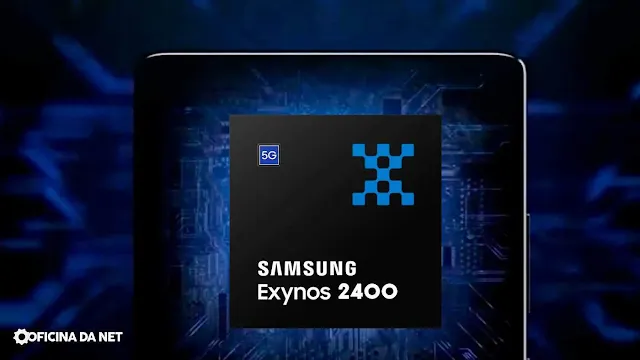The world of smartphone technology is buzzing with excitement following the recent unveiling of the Samsung Galaxy S24 series, featuring the highly anticipated Exynos 2400 System-on-Chip (SoC). Early benchmarks of the Exynos 2400 are now emerging, revealing promising results that bring it in close competition with the Apple A17 Pro, a notable player in the mobile chipset arena.
Samsung officially introduced the Galaxy S24 series on January 17, aiming to set new standards in smartphone performance. Notably, the standard and plus variants of the S24 range will be powered by the Exynos 2400 instead of the Snapdragon 8 Gen 3, a strategic move indicating Samsung's confidence in its in-house chipset.
The Evolution of Samsung-Made Smartphone Chipsets
Before delving into the specifics of the Exynos 2400, it's essential to acknowledge the challenges faced by previous Samsung-made smartphone chipsets. Past iterations have encountered various issues, ranging from performance disparities to thermal concerns. However, the narrative surrounding the Exynos 2400 suggests a departure from these challenges, hinting at a new era for Samsung's chipset technology.
Early Benchmarks and Gaming Test
The Exynos 2400 has undergone rigorous testing, including an extreme gaming scenario where it went head-to-head with the Snapdragon 8 Gen 3. Impressively, the Exynos 2400 held its own in this test, setting the stage for further exploration of its capabilities.
Now, the spotlight is on the chipset's 3DMark Wild Life Extreme benchmark result, a crucial metric for assessing graphics performance. The Exynos 2400 achieved a commendable overall score of 4042 in this benchmark, bringing it into close proximity with the Apple A17 Pro.
For a more direct comparison, the RDNA 3 GPU housed within the Samsung Exynos 2400 secured a score of 4042 in the 3DMark benchmark, while the Apple A17 Pro typically garners around 4075 points. This marginal difference suggests that the Exynos 2400 is positioning itself as a strong competitor in the mobile chipset market.
Significantly, this score also signifies a notable improvement over its predecessor, the Exynos 2200, which averages around 1968 points in the 3DMark benchmark. The Exynos 2400, therefore, boasts a performance that is approximately 2 times faster than its forerunner, showcasing advancements in Samsung's chipset technology.
It's worth noting that the Snapdragon 8 Gen 3, a formidable competitor, usually scores around 5338 points on the Wild Life Extreme benchmark. The Exynos 2400, while not surpassing the Snapdragon 8 Gen 3, holds its ground admirably, considering the differences in architecture and design philosophies between the two chipsets.
The Caveats of Mobile GPU Benchmark Tests
While benchmark scores provide valuable insights into a chipset's capabilities, it's essential to approach them with a degree of caution. Mobile GPU benchmark tests, in particular, are heavily influenced by the thermal capacity of smartphones. During prolonged stress tests, SoCs may exhibit lower scores compared to their initial runs, raising questions about sustained performance.
The 3DMark score of the Exynos 2400, which surfaced from a single run, offers a snapshot of its performance under specific conditions. However, it doesn't provide a comprehensive view of the chipset's ability to maintain stability and efficiency over extended periods of usage.
It's common for smartphones to experience thermal throttling, where prolonged and intensive usage leads to a decrease in performance to manage heat. Therefore, while the Exynos 2400 shows promise in early benchmarks, the real-world user experience may depend on factors such as heat dissipation and thermal management strategies implemented by device manufacturers.
Conclusion: A Promising Contender in the Chipset Arena
In conclusion, the early benchmarks of the Exynos 2400 paint a promising picture for Samsung's latest SoC. The competitive performance, especially in comparison to the Apple A17 Pro, positions the Exynos 2400 as a strong contender in the mobile chipset arena. Samsung's dedication to overcoming past challenges in chipset technology is evident in the advancements showcased by the Exynos 2400.
However, it's important to approach these benchmarks with a balanced perspective. While they offer valuable insights, real-world usage scenarios can vary, and the stability of the Exynos 2400 under prolonged stress is a crucial aspect that needs further exploration. As Samsung continues to push the boundaries of its chipset technology, users can anticipate an exciting era of innovation and performance in the realm of smartphone technology.

